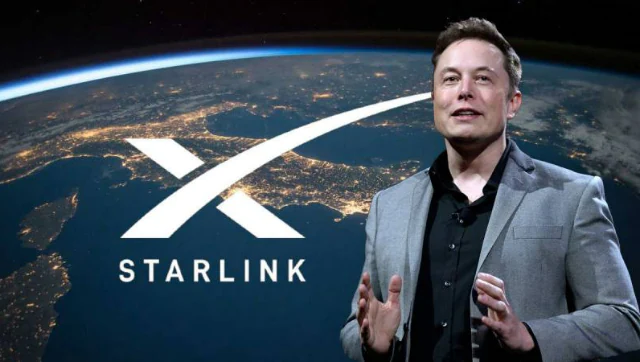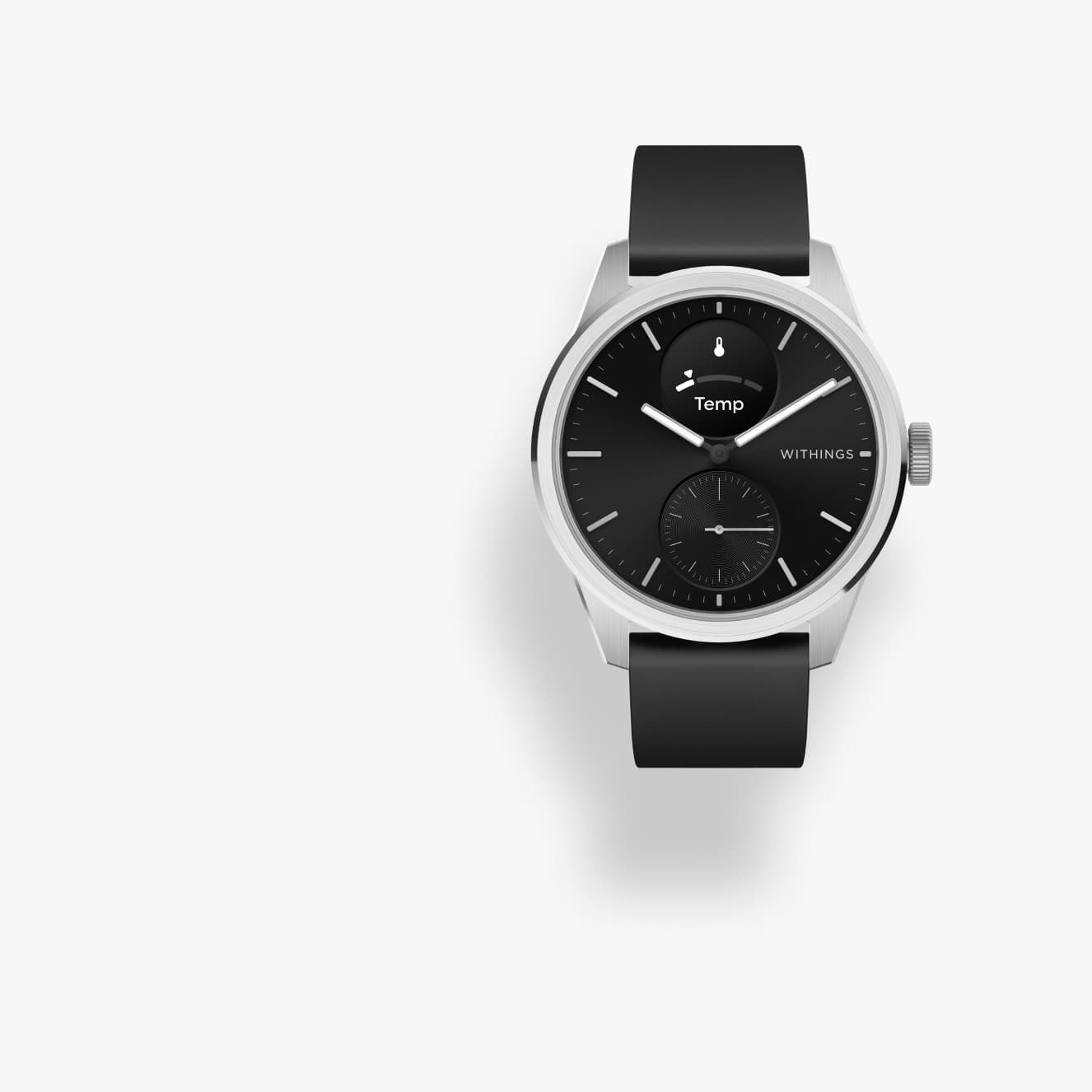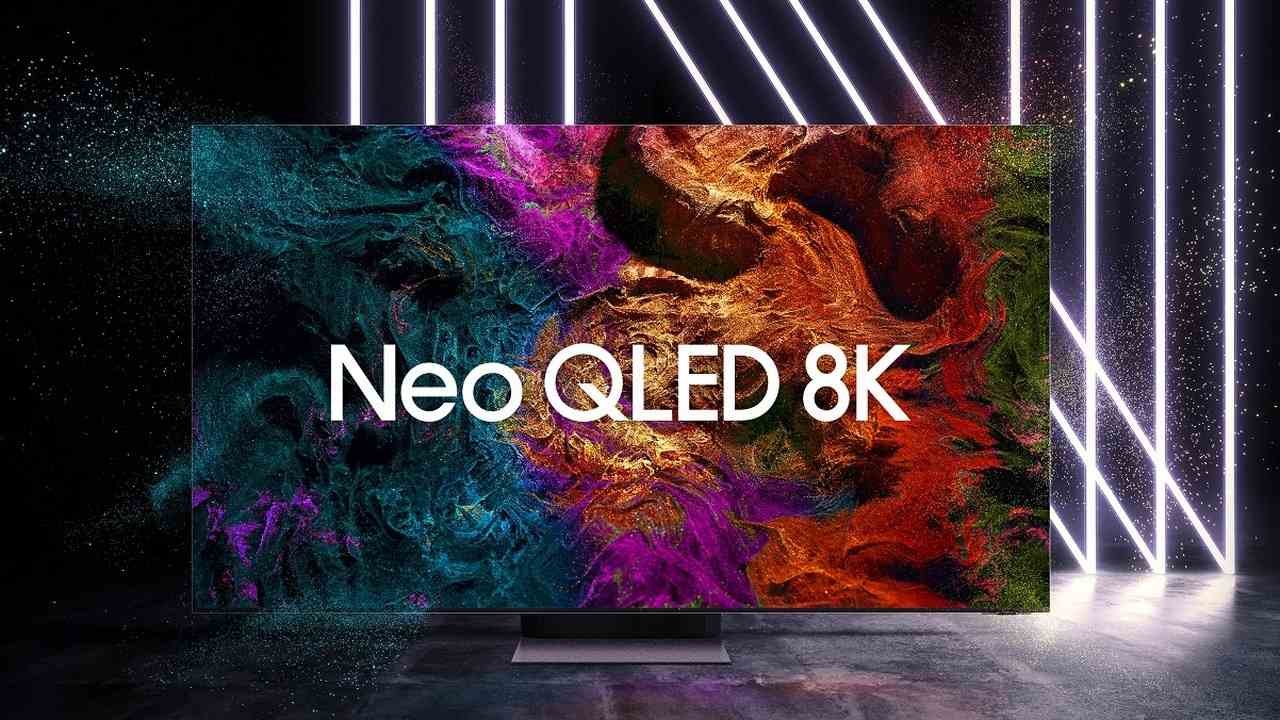Union IT minister Ashwini Vaishnaw made the country’s first 5G call at IIT Madras earlier this week. The call was placed over a trial network that was set up using telecom equipment that has been wholly designed and made in India. This achievement was one of the most significant moments for the country’s first 5G testbed and the development of indigenous 5G Tele connectivity.
India has been one of the largest markets for 4G connectivity. However, rolling out 5G calling and 5G internet has been somewhat challenging, mainly because of security issues. Countries like the USA and UK already have 5G calling services in several areas and even provide 5G internet in select places. Over the next decade, these countries plan to expand their 5G internet coverage rapidly.
So how were the 5G voice and 5G internet networks set up? We take a look, but first, we need to understand some basic things about 5G networks.
What is 5G Calling or 5G Voice?
Generally speaking, 5G networks can be divided into two classes – High 5G Frequency Bands which operate in the 3200-4200MHz channels, and Very High 5G Frequency Bands or Millimetre Wave (MMW), which use between 20-96GHz. Unfortunately, the higher the frequency a network operates on, the more limited the range. All the statements you see people giving about ultrafast internet connections where they’re getting speeds above 1GBPS or above are using MMW 5G.
5G calling operates within the High-Frequency Bands, i.e., between 3200-4200Mhz. These bands can still carry data or the internet, which will be significantly faster than your regular 4G networks, but they are nowhere near the speeds that 5G is advertised for.
To put things in perspective, a strong 4G connection will top out at about 100Mbps (the theoretical limit is 300, under laboratory conditions). High 5G Frequency Bands easily give you 300-500Mbps speeds in natural life settings. 5G MMW will quickly provide you with about 900Mbps to 1.5Gbps, with a theoretical top speed of 10Gbps.
How does a 5G network improve call quality?
5G voice or 5G call operates on the lower frequencies of High 5G Frequency Bands, i.e., under 4200 MHz. In 5G, the default voice codec in 5G smartphones enables “HD voice+,” using the 3GPP standardized Enhanced Voice Services (EVS). EVS can already be used in 4G networks but is not mandatory. To put it simply, the call connectivity is much better, and when implemented correctly, it would lead to far better voice clarity than what we get today. Furthermore, there will be a significant reduction in call drops. On top of all this, calls will also connect quicker, theoretically at least. Another benefit would be that group calls will sound significantly better and can handle more callers.
Are all 5G smartphones capable of using the 5G Network tested in IIT Madras?
Technically, yes and no. Different 5G bandwidths use other 5G antennas and transmitters. Hence you will see a massive number of 5G Bands in a smartphone’s spec sheet. The most popular 5G bands in smartphones in India are N77 and N78. Both of these bands rest in the mid-range. There are phones available in the market that offer around 13 5G bands, but you should know that the band’s frequency matter more than the number of the bands provided.
So, theoretically, if the deployed network uses the lowest spectrums of 5G in an area, devices with only the mid-range or high-range bands won’t work well on 5G. There will be some connectivity, but not one that utilizes the full potential.
What was the type of 5G network that was tested in India?
Given that all communications go through the hardware on which these 4 G and 5G networks operate, we mustn’t expose ourselves to any security vulnerabilities. Hence, we had to develop our 5G-enabling hardware. The test calls that IT minister Ashwini Vaishnav was a part of operating on the mid-tier spectrums of the High 5G Frequency Bands, meaning that they would be able to carry voice data. Although the data will not have the transfer speeds we see in 5G MMW, it will still be significantly faster than 4G, and the voice calls will have much better clarity and stable connections.









